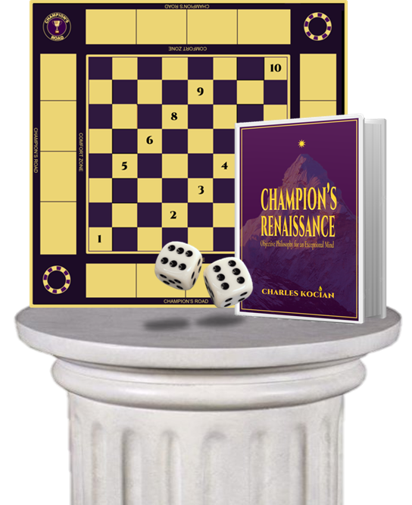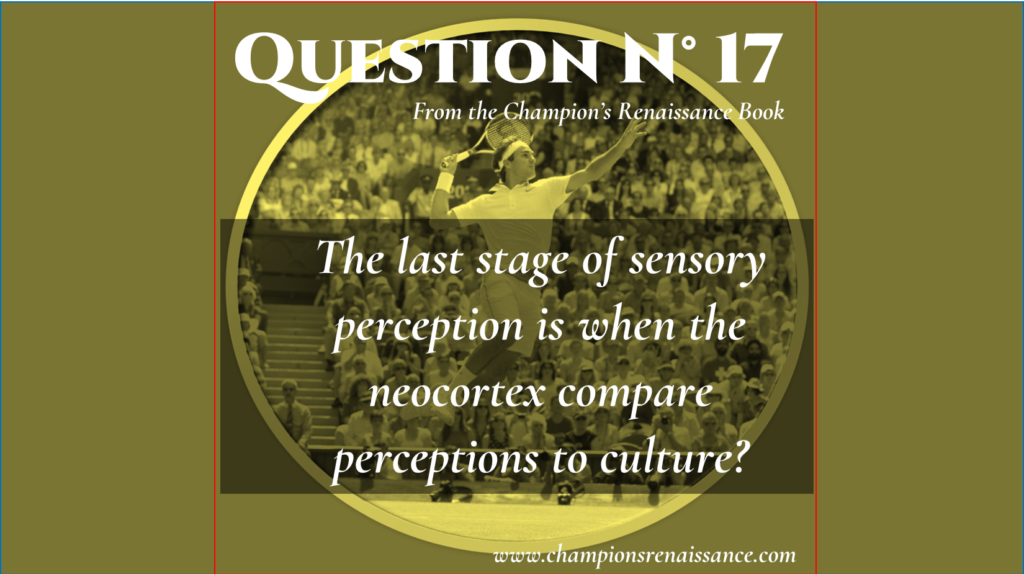
(Answer at the end).
EDUCATION
By Charles Kocian
“I am 41 years old. I have played more than 1500 matches over 24 years. Tennis has treated me more generously than I ever would have dreamt, and now I must recognize when it is time to end my competitive career.”
Roger Federer announced his retirement from professional tennis at age 41 in September 15 of 2022. He is not only the best athlete but also the best personality. He prefers a calm and ordinary life, where other celebs with such fortune lead a luxurious life. He spends most of his money on his non-profit, the Roger Federer Foundation and other charitable organizations.
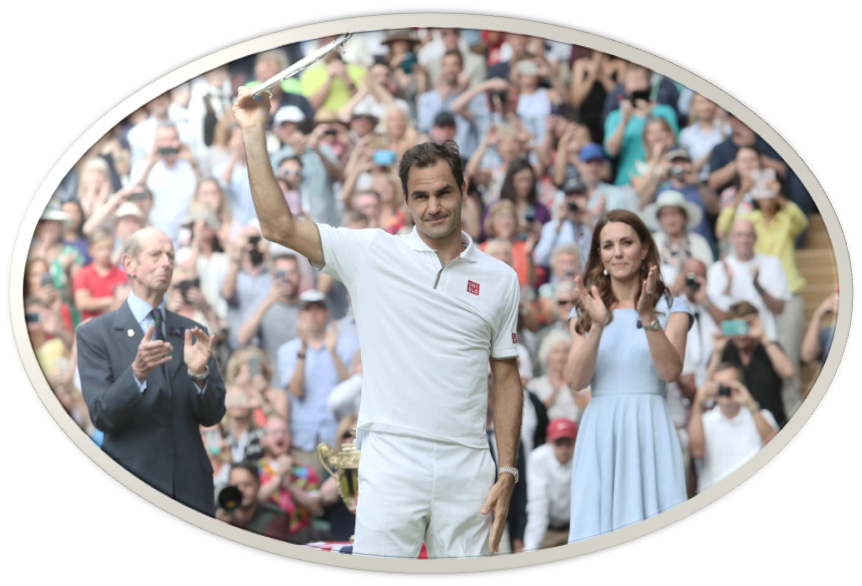
Federer partnering with The Duchess of Cambridge to raise funds for charities.
Federer is exactly the down-to-earth man you would expect, considered the greatest tennis player of all time and the greatest athlete of his generation. Introverted, sensing, judging, very conscientious, hardworking, loyal and dedicated. His values are important to him and he gets things done. He is devoted to the cause, have clear and precise memories and is accurate with facts, details and methodical.
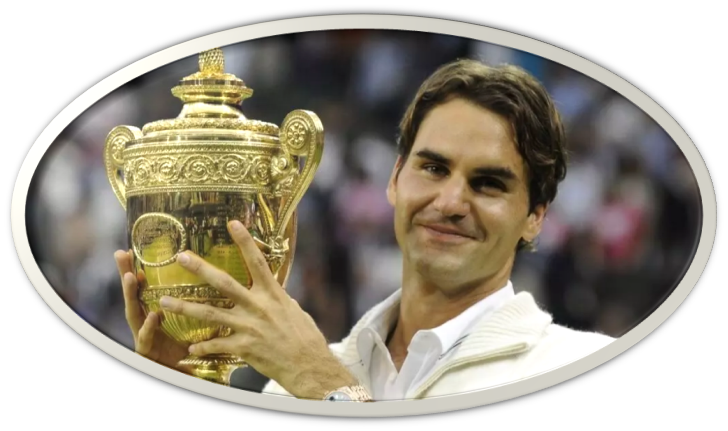
Roger Federer won eight Wimbledon titles.
Roger Federer is Swiss, punctual like a British. The Swiss are very thoughtful, educated and independent with one of the best education systems in the world. It is a democratic model that requires its citizens to give careful consideration to matters on which they have to vote in regular referendums.
Switzerland loves it freedom. Is not a EU member nor of NATO. But has compulsory military service under its constitution. Male citizens after receiving basic training they have to update their skills every year.
So, the splendid Switzerland culture, without a doubt, has mold the rational well-educated characteristic of the Swiss Master, an ambassador of what man ought and should be.
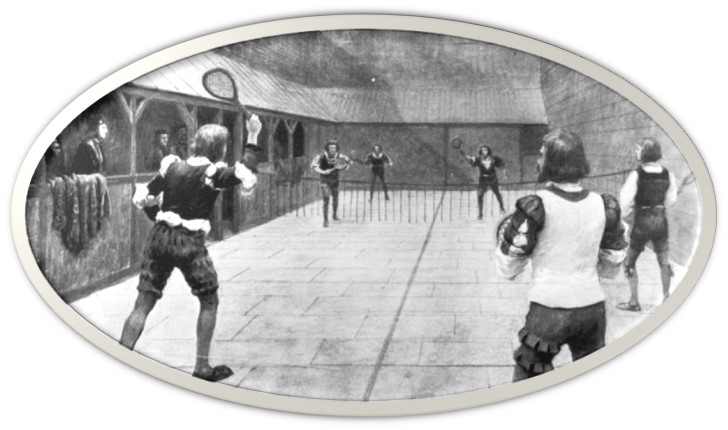
An illustration of a game of Real Tennis being played during the time of King Henry VII, circa 1500
In the Renaissance, although many sports were introduced, tennis was one of the favourites. It was played in the royal courts of England during Henry VII. Tennis was an opportunity to show your skills and even the King could get it wrong. Tennis formed part of a young Henry VIII’s education alongside hunting and archery.
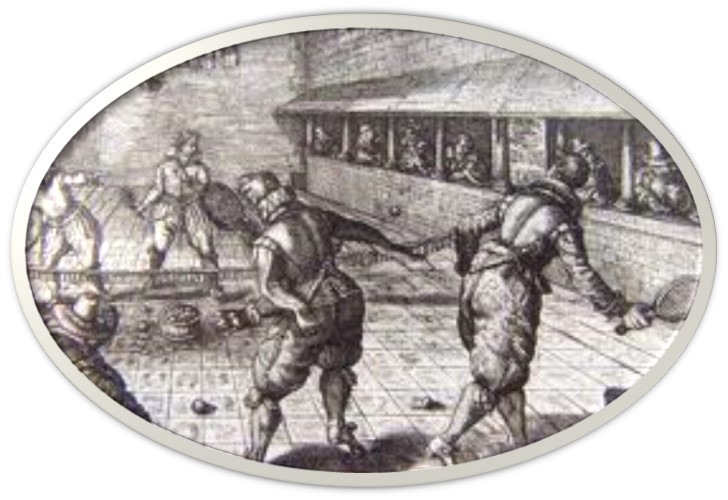
A group of men playing Real Tennis in front of onlookers.
Henry VIII enjoyed tennis with many courtiers like the Earl of Devon, the Dukes of Buckingham and Suffolk and Henry Courtenay. It is said that, when Anne Boleyn’s was arrested, she watched a tennis game at Whitehall.
That old tennis is called Real Tennis and is still played today in the United Kingdom, France and Australia. One of these Real Tennis courts is at Hampton Court Palace. It is a Royal Tennis Court building that has been in use since it was built in the year 1626.
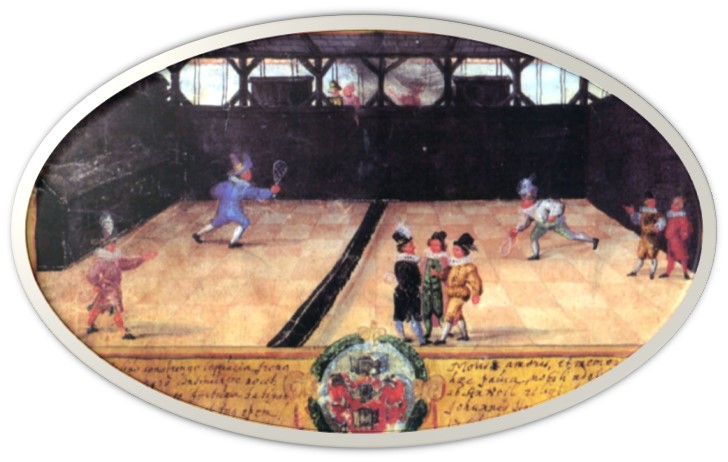
Royal Tennis in Tubingen Germany.
Royal Tennis Courts also existed in the Germanic States between 1500 and 1800. During the Habsburg rule, Duke Albrecht V (1550-1579) had a tennis court built in Trausnitz castle. He initiated an amazing construction in the history of tennis rebuilding the Ballhaus that served as a template to the lower nobility that begun to include Ballhäuser to their palaces.
This old type of tennis was very popular in the aristocracy of all Europe. The terms ‘Royal’ and ‘Real’ were introduced later to distinguish this old form of tennis from lawn tennis that developed in the nineteenth century.
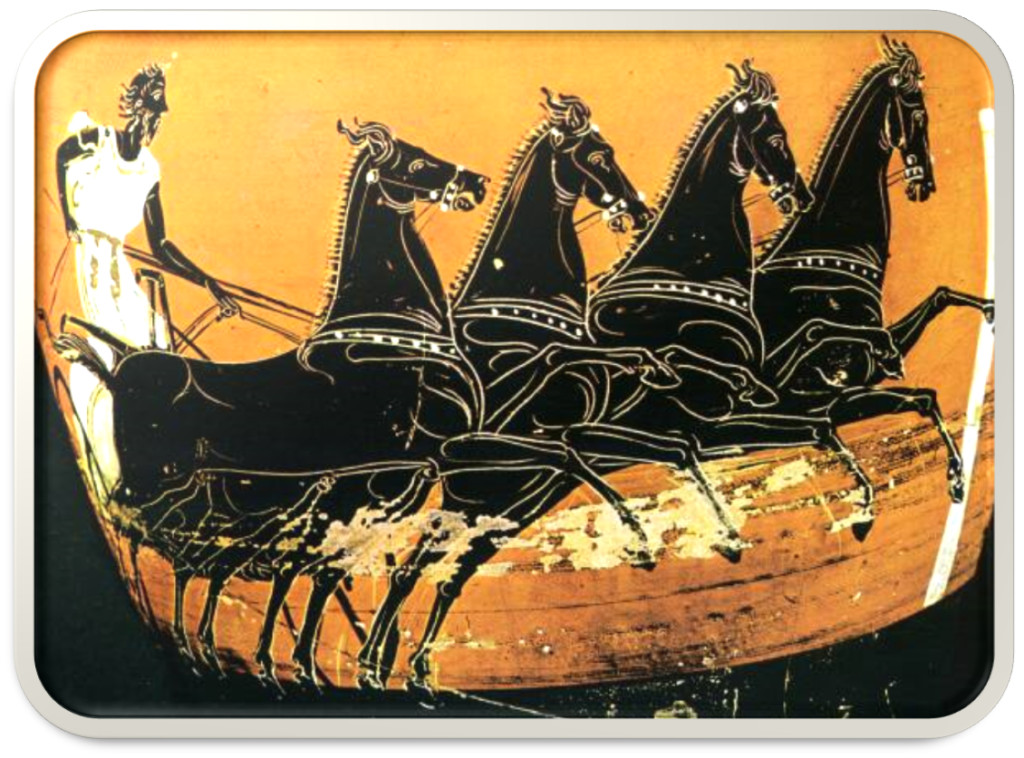
Ancient Greece Chariot Racing.
The ancient Greeks didn’t play tennis. They liked Chariot Racing. Often dangerous for drivers and horses, they often suffered injury or death. We can compare it to a Formula 1 motor racing cars. The organization was similar to today’s professional sports. It is said that chariot racing began in the Mycenaean world. Homer describes it in the Iliad at the funeral games of Patroclus. The chariot race perhaps founded the Olympic Games.
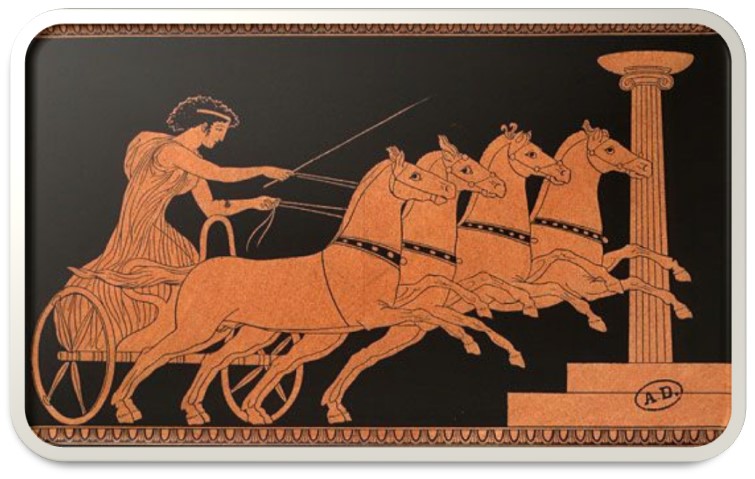
Chariot Racing. Etruscan. Fresco wall painting. Tomb in Tarquinia, Italy.
For Greek philosophers sport should be directed towards self-fulfilment to achieve philosophical cognition. Plato and Aristotle viewed sport as a key component of education and, by extension, to human flourishing. Aristotle included competitive sport qualities in the lists of goods that are suitable for man, giving to sports an educational and social importance. He emphasizes the role of the human body in ethical life identifying exercise and physical strength as part of moral excellence. For Aristotle, the athlete body of a sportsman was a way of high morality and not only as a means of health or social prestige.
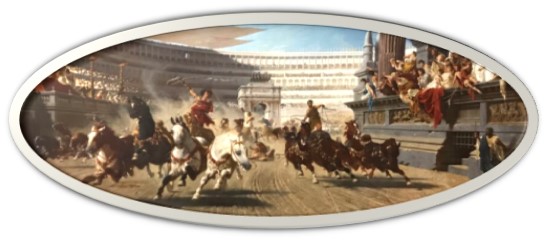
Chariot Racing continued in the Roman Empire.
CONCLUSION
Sports educate, but not all sportsman are educated equal and not all cultures are equally educated.
Now answer to question 17.
QUESTION N° 17
The last stage of sensory perception occurs when the rational neocortex analyses the sensory information accordingly to its culture.
a) True
b) False
The answer is: True.
Leave your comments here.
